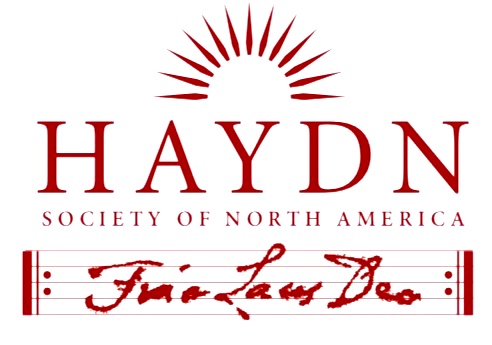
Document Type
Article
Abstract
Although the concept of key characteristics was widely affirmed in the eighteenth century, the key of D-flat major was rarely adopted by composers. The so-called Romantic period, however, saw a remarkable increase in the use of this key, as demonstrated in the many well-known pieces written by composers such as Chopin. The article first reviews the different receptions of D-flat major in the eighteenth century and explores how the clavichord might have allowed Haydn to hear D-flat major as a key of sentimentality, one that echoes Christian Daniel Friedrich Schubart’s interpretation. It then examines ways in which Haydn presents the aesthetic experience of self-forgetfulness and self-reflexivity, both manifestations of sensibility, in the Adagio movement of keyboard sonata Hob. XVI: 46, using D-flat major. This analysis suggests Haydn’s D-flat major in Adagio could be heard as a prefiguration to the D-flat major sounded in the subsequent century, particularly in piano works, while resonating with numerous interpretations of D-flat major prevalent in the first half of the nineteenth century.
Recommended Citation
Hui, Keri
(2025)
"Sentimental Aesthetics in D-flat Major: Adagio of Haydn’s Hob. XVI:46,"
HAYDN: Online Journal of the Haydn Society of North America: Vol. 15, Article 1.
Available at:
https://remix.berklee.edu/haydn-journal/vol15/iss1/1
Included in
Musicology Commons, Music Performance Commons, Music Practice Commons, Music Theory Commons
© Haydn Society of North America ; Boston: Berklee Library, 2025. Duplication without the express permission of the author and/or the Haydn Society of North America is prohibited.


